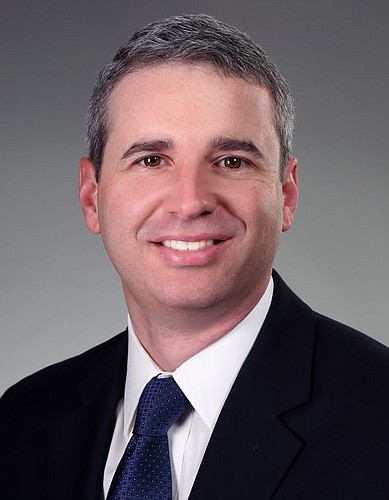
Over the last 20 years, advances in technology have made it easier to record, manipulate and disseminate digital information, especially photos and videos.
The recent dismissal of Florida State University quarterback De’Andre Johnson demonstrates the power that a video proliferated through the Internet can have.
Our increased access to information also has a competing interest that must also be considered — namely, the protection of the citizens’ rights to privacy.
Florida recently jumped into the national conversation by the amendment of its “Freedom from Unwarranted Surveillance Act,” Fla. Stat. § 934.50 (2015), which is designed to protect the right to privacy by limiting the use of unmanned aerial vehicles, otherwise known as drones.
The use of drones is not recent, but actually dates back to as early as Aug. 22, 1849, when Austrians used unmanned balloons filled with explosives to attack Venice during the First Italian War of Independence.
The United States first developed drones in 1959 for use by the Air Force during Vietnam. Until Sept. 11, 2001, drones were designed exclusively for reconnaissance purposes as surveillance aircrafts.
Following 9/11, drones began to be loaded with weaponry for military applications.
Throughout their history, drones have always been flown for recreation by hobbyists.
With the initial enactment of the Act in 2013, Florida hoped to get ahead of the curve in drone regulation to ensure privacy for residents. With the passage of the amended act, Florida now has some of the strongest limits on drones in the country.
Drone operators are prohibited from capturing images of private property or people on property with the intent to conduct surveillance if a reasonable expectation of privacy exists unless the operator obtains consent.
In addition to prescribing the use of drones for surveillance, these new provisions directly affect the commercial use of smaller drones used by hobbyists, police and businesses.
Given that the act also provides a private right of action for its violation, including the possible recovery of punitive damages, attorneys’ fees and costs, it is possible that a new area of law — “Drone Law” — has been created.
The act does provide certain exemptions for use of a drone. However, there are good commercial uses for drones that are not given an exemption and could result in unintended litigation.
For example, some prohibited commercial uses include farming, broadcast news and media, safety inspections of high-rise buildings and railroad tracks and filming sporting events or music festivals.
Compounding this issue is the clunky language of the act. For example, the act’s definition of “surveillance” is broad and vague, and includes “the observation of such persons with sufficient visual clarity to be able to obtain information.”
This problematic wording discourages legitimate businesses from using drones for fear that they inadvertently capture the image of a person, giving rise to a private right of action. For this reason, businesses that find themselves unable to claim an exemption should carefully consider their use of drones.
As the law is currently written, a news agency looking to cover a story occurring on private property could broadcast images taken from a helicopter more than 500 feet above ground level, but not from a drone at the same altitude.
Despite the act’s drawbacks, there are potential opportunities for businesses to realize greater cost savings by using drones. The best strategy is to hire or partner with a drone operator that is certified and registered with the FAA to conduct commercial flights and to avoid recording images of people.
Business owners must be aware of what Donald Rumsfeld would describe as the “known unknowns” about using drones. The potential for unforeseen consequences remains an issue, even if the business is in compliance with FAA regulations.
Arguably, this risk can be minimized by an understanding of the “known knowns” and some careful planning regarding the scope of the drone’s use.
However, this kind of Orwellian doublespeak underscores the fact that the law is still working to balance the competing interests of technology and privacy, 30 years after 1984.
(This article was written with the assistance of Vincent Pulignano, a University of Florida student.)